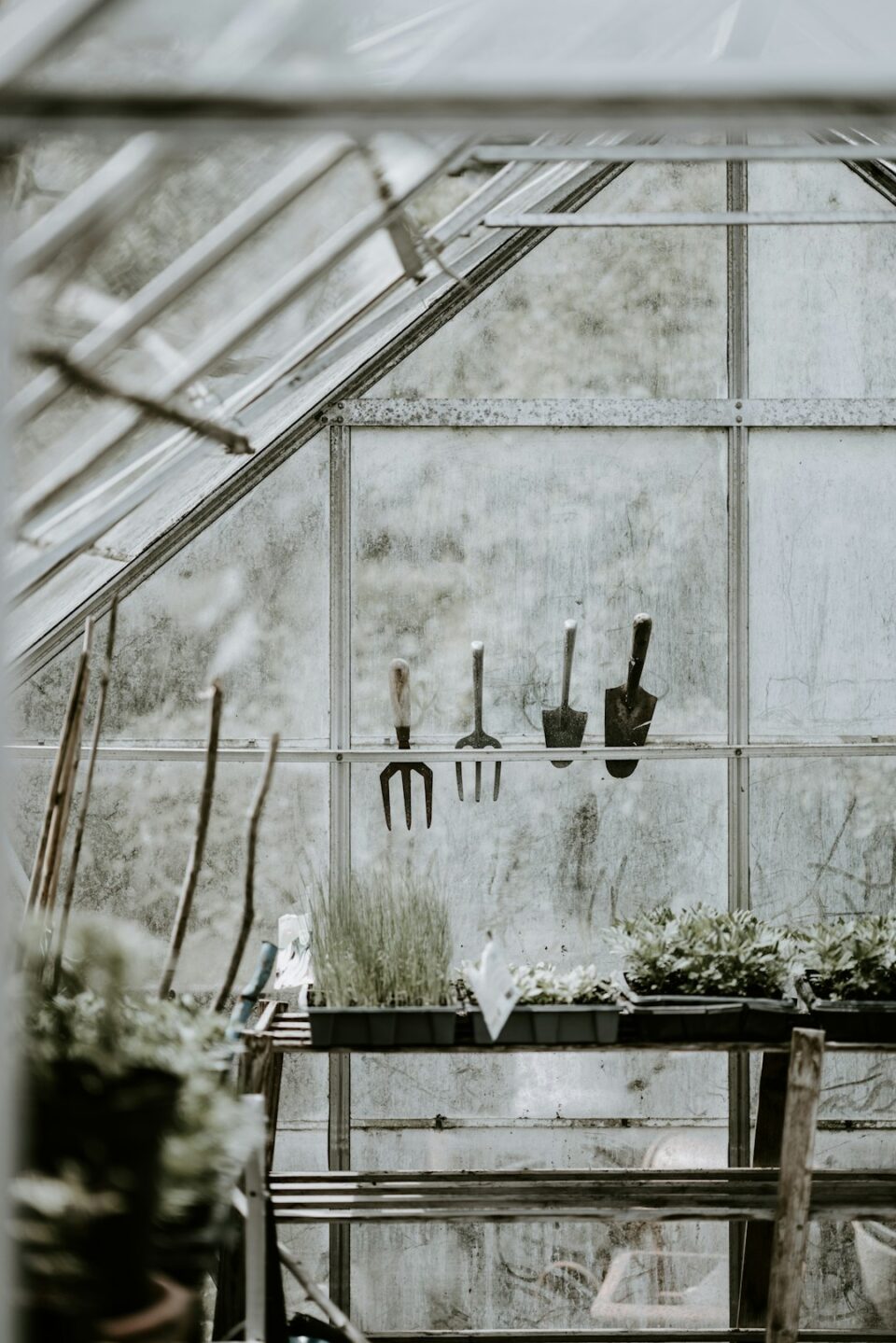Maintaining a garden can be a time-consuming task, but with some strategic planning and design, you can create a low-maintenance garden that still looks beautiful and inviting. In this blog post, we will explore some tips and ideas for designing a garden that requires minimal upkeep.
One of the first things to consider when designing a low-maintenance garden is the layout and choice of plants. Opt for plants that are native to your region, as they will be well-suited to the local climate and soil conditions. Native plants are also more resistant to pests and diseases, reducing the need for chemical pesticides and fertilizers.
Incorporate a mix of evergreen shrubs and perennials into your garden to create year-round interest and reduce the need for seasonal planting. Evergreens provide structure and stability to the garden, while perennials will come back year after year, saving you time and effort in replanting.
Consider using ground covers such as creeping thyme or sedum to fill in bare spots and suppress weeds. Ground covers are low-maintenance and require little water once established, making them an excellent choice for reducing the amount of time spent weeding and watering.
When it comes to hardscaping, choose materials that are durable and require little maintenance. Opt for natural stone or gravel paths instead of traditional concrete or brick, as they are less likely to crack and require less upkeep. Use mulch to cover bare soil and reduce water evaporation, as well as to suppress weeds.
Another essential element of a low-maintenance garden is efficient watering. Consider installing a drip irrigation system to deliver water directly to the roots of your plants, reducing water waste and the need for frequent watering. Group plants with similar water requirements together to avoid over or under-watering, and mulch around plants to retain moisture in the soil.
To further reduce maintenance, consider creating designated planting areas such as raised beds or containers. Raised beds elevate plants off the ground, reducing the risk of pests and diseases, as well as making it easier to control soil quality and water drainage. Containers are portable and can be easily moved to different locations, allowing you to experiment with different plant combinations and designs.
When it comes to garden maintenance, regular pruning and weeding are essential tasks that can be time-consuming if not properly managed. To reduce the need for frequent pruning, choose plants that grow slowly or have a compact growth habit. Avoid fast-growing plants that require frequent trimming and pruning to keep them in check.
Mulch around plants to prevent weeds from taking root, and use a hoe or hand weeder to remove any unwanted growth. Regularly inspect your garden for pests and diseases, and take prompt action to control them before they become a problem.
In conclusion, designing a low-maintenance garden is all about strategic planning and choosing the right plants and materials. By following these tips and ideas, you can create a beautiful and inviting garden that requires minimal upkeep, allowing you to spend more time enjoying your outdoor space and less time working in it. With some careful planning and consideration, you can create a low-maintenance garden that will thrive for years to come.

